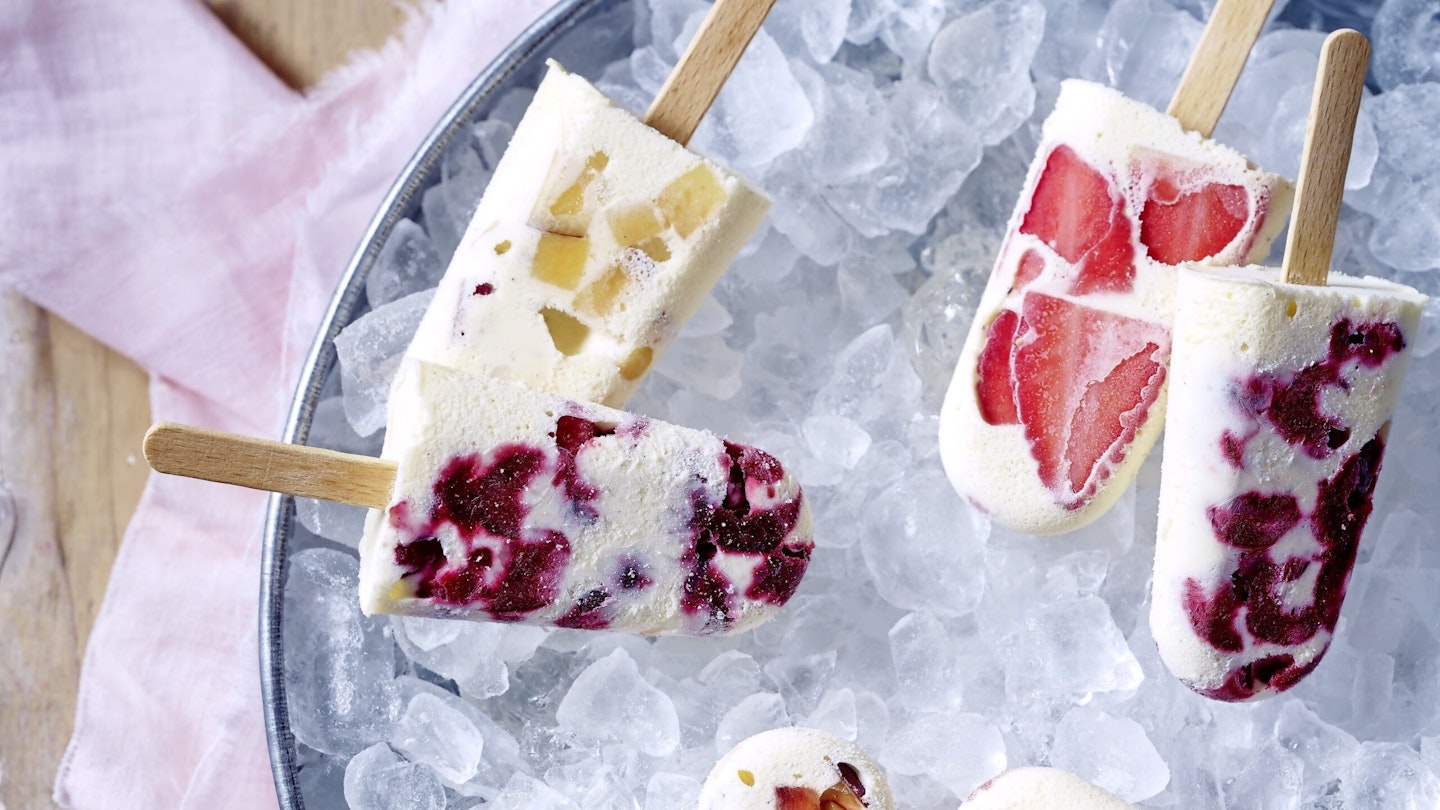These ice cream lollies from the LandScape archive are sweet and refreshing, the perfect accompaniment on a hot, summer's day
Come rain or shine, visitors to the British seaside savour the delights of traditional ice cream lollies. Although a rudimentary form of the treat, using fermented milk, flour and camphor, was made as early as 618-970BC in China, the process of freezing food did not arrive in Europe until the early 1500s. In 1664, ices made with sweetened milk appeared in Naples, and in 1671, ‘iced cream’ was part of a banquet at Windsor Castle. However, it was only served to the guests on King Charles II’s table. As demand grew, the wealthy collected ice in winter from lakes and stored it under straw in ice houses. A wooden ice cream machine was introduced in 1843 in England, and the first record of cones was in Mrs Marshall’s Cookery Book of 1888.
To make the no-churn vanilla ice cream
Click here to find the recipe for Land_Scape_ magazine's delicious homemade vanilla ice cream.
To make the ice lollies
Makes 8
500ml no-churn vanilla ice cream mix, before the freezing stage
4 strawberries
4 cherries
1 nectarine
Make 500ml of the vanilla ice cream according the recipe found at the link above, but do not transfer to the freezing dish. Hull and slice the strawberries, and de-stone and chop the cherries and nectarine.
Line eight 100ml lolly moulds with the fruit. Pour in the ice cream mixture to the top, tapping the mould onto the surface to get rid of any air bubbles. Add a wooden lollipop stick to each, positioning it in the middle of the mould, then freeze overnight. To serve, sit the mould in a bowl of warm water for 1 min. Gently holding the stick, ease out the ice lollies from the mould.
Become a LandScape Member
Indulge your love of the British countryside by becoming a LandScape member. Our exciting new membership offers specially selected content such as delicious recipes, inspirational gardens and step by step craft projects, member-only rewards, full access to previous issues, and more!

